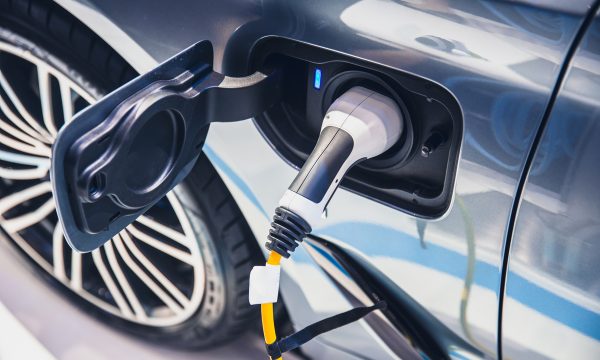
Every so often, you hear a term or phrase used often enough that it penetrates your consciousness.
Like, “tech stack.”
At Universus, we were doing an analysis of our own tech stack, to see if our tools were suitable for a robust workflow, change management and client communications on various projects.
The term also came up in conversations during a recent video interview with Jay Vijayan, Founder and CEO of Tekion, and former CIO of Tesla. I encourage you to watch the video on the Canadian auto dealer website; it was an interesting chat.
For those who aren’t as familiar with the term, a quick Google search retrieved this definition:
“A tech stack is the combination of technologies a company uses to build and run an application or project. Sometimes called a “solutions stack,” a tech stack typically consists of programming languages, frameworks, a database, front-end tools, back-end tools, and applications connected via APIs.”
In a nutshell, for dealerships, the tech stack is the full combination of all the software tools and devices that run your business.
The reason the term is relevant, is that as Jay referenced in our interview, some dealers have dozens, and some as many as 100 different applications patched together into their tech stack.
It can make for a confusing web of functions and services with technology developed from different companies, in different eras and without an easy migration path forward.
Now dealers can continue to limp along with a mess of disconnected systems, where customer records and information aren’t shared, and where dealership teams have to navigate logins, passwords and different interfaces for each of the various software vendors. Sure, it’s the way it’s been done.
But the biggest losers with this approach are your customers, not your staff.
To really deliver that next generation experience, where customers feel known and respected and valued, your software tools need to deliver that transparent information in real-time, when needed.
The new market entrants in the mobility space, like Lucid or Rivian or Tesla, have a huge advantage over traditional dealers when it comes to their “tech stack.” They don’t have locked in contracts, and patched together quilts of code. They are starting fresh with modern and updated tech stacks, and can very quickly optimize their software platforms to provide a superior customer experience.
Sure, the people in your dealerships will always be a major contributor to the customer experience. But increasingly, you will be judged, and rated by the technology that underpins a great customer experience.
When I shop for a vehicle on your website, can I easily find all the available inventory? Can I build the vehicle I want, and navigate through all the details I need to purchase the vehicle? Can I effortlessly line up financing, pick the F&I products I want to add, calculate my payments, reserve the vehicle, and watch walkaround videos?
When I now visit your dealership, does anyone already know who I am and what my preferences are? Or am I starting all over? When I pick up my vehicle, does someone have a personalized experience for me to introduce me to the key features I am after? Are there digital tools available where I can self-serve to learn more about the vehicle?
Once I acquire a vehicle, can I book my service online? Can I get automated updates about the progress on my vehicle while it’s being serviced?
These are all the types of services customers now expect. Not because they are ever more demanding. Just because other companies in other industries have mastered the tech that underpins a seamless experience. The auto retail industry will get there, but the drive for change must start from the top with the dealers.












